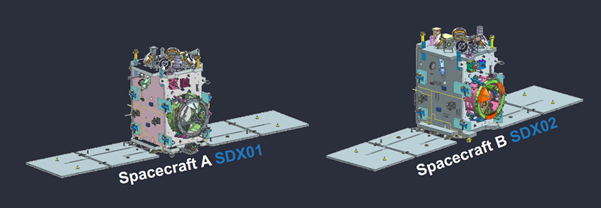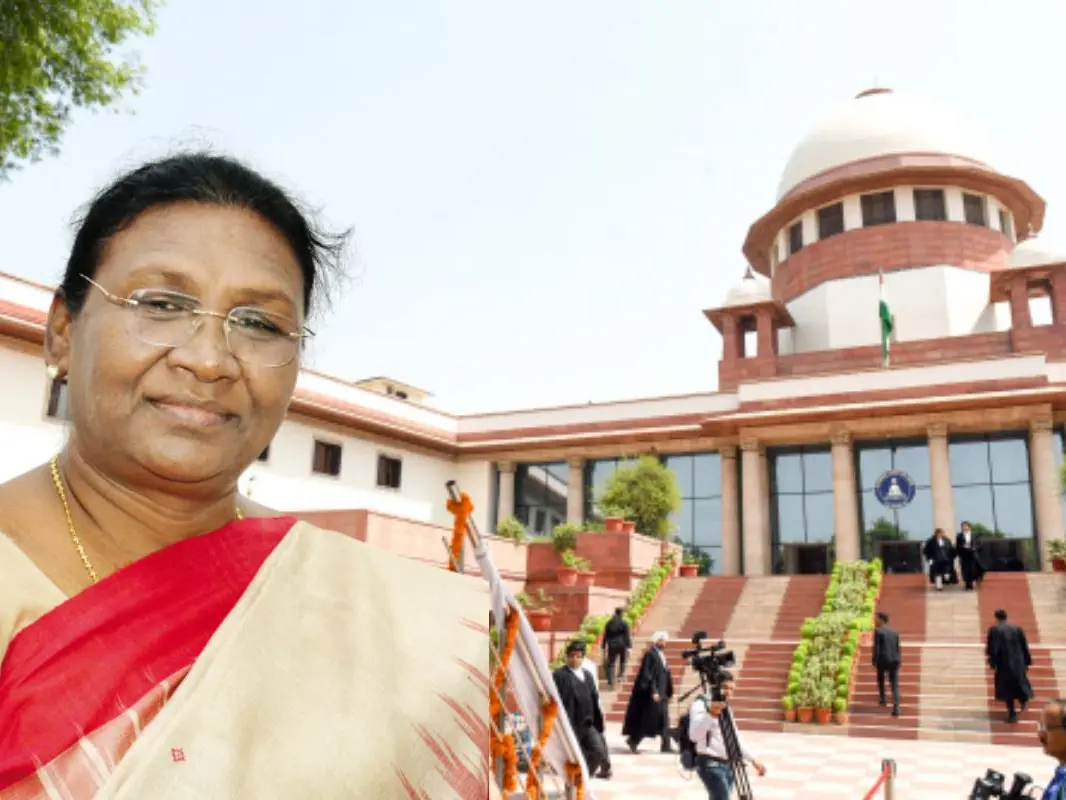- Courses
- GS Full Course 1 Year
- GS Full Course 2 Year
- GS Full Course 3 Year
- GS Full Course Till Selection
- Online Program
- GS Recorded Course
- NCERT (Recorded 500+ Hours)
- Polity Recorded Course
- Geography Recorded Course
- Economy Recorded Course
- AMAC Recorded Course
- Modern India, Post Independence & World History
- Environment Recoded Course
- Governance Recoded Course
- Science & Tech. Recoded Course
- International Relations and Internal Security Recorded Course
- Disaster Management Module Course
- Ethics Recoded Course
- Essay Recoded Course
- Current Affairs Recoded Course
- CSAT
- 5 LAYERED ARJUNA Mentorship
- Public Administration Optional
- ABOUT US
- OUR TOPPERS
- TEST SERIES
- FREE STUDY MATERIAL
- VIDEOS
- CONTACT US
India: 4th Country to Achieve Space Docking
India: 4th Country to Achieve Space Docking

- In December 2024, the Indian Space Research Organisation (ISRO) launched two small spacecraft — SDX01 (the ‘Chaser’) and SDX02 (the ‘Target’) — into low-Earth orbit, by PSLV-C60.
- The two satellites, Chaser and Target, each weighing approximately 220 kg, were the focus of this experiment, known as Space Docking Experiment (SpaDeX).
- Following the launch, the two satellites were separated by approximately 20 km in space.
- Over the course of several days, the Chaser progressively approached the Target, gradually reducing the distance from 5 km to 1.5 km, 500 m, 225 m, 15 m, and finally 3 m.
- In January 2025, the two satellites successfully docked, marking a major milestone for India, making it the fourth country in the world, after the US, Russia, and China, to achieve space docking.

What is Space Docking and Why Is It Important?
- Docking refers to the process where two fast-moving spacecraft are brought into the same orbit and then manually or autonomously brought closer together until they are joined.
- This technology is essential for carrying out complex space missions that involve heavy spacecraft, as a single launch vehicle may not be capable of carrying these spacecrafts into orbit.
- Docking is also crucial for:
- Setting up a space station, where separate modules need to be joined in space.
- Carrying crew and supplies to a space station or other space missions.
- India's successful docking lays the foundation for future missions such as the Bharatiya Antariksh Station (India's space station) and upcoming lunar missions.
Docking and India’s Future Mission Plans
The successful docking is critical for India’s long-term space ambitions:
- Bharatiya Antariksh Station (BAS): ISRO aims to set up its own space station by 2035. The station will be assembled in space by docking five modules. The first robotic module for the station is expected to be launched in 2028.
- Lunar Missions: India’s future lunar mission, Chandrayaan-4, aims to bring back samples from the Moon. This mission will involve docking several modules in orbit:
- The propulsion module will carry the spacecraft from Earth orbit to the Moon orbit.
- The lander and ascender modules will collect the samples from the lunar surface.
- The ascender module will return with the samples and dock with the transfer module in lunar orbit.
- The transfer module will bring the samples back to Earth orbit, where it will dock with a re-entry module designed to withstand the heat of atmospheric re-entry.
This docking technology will also be vital for human space missions to the Moon by 2040, with a similar docking process expected for astronauts and equipment.
The Bharatiya Docking System (BDS)
- The docking system developed by ISRO, known as the Bharatiya Docking System (BDS), is androgynous, meaning both the Chaser and Target satellites use identical systems.
- This design is similar to the International Docking System Standard (IDSS), but with fewer motors (2 compared to 24 in IDSS).
Key Features of BDS:
- Androgynous Design: Both spacecraft have identical docking mechanisms.
- New Sensors: ISRO used advanced sensors such as Laser Range Finder, Rendezvous Sensor, and Proximity and Docking Sensor for precise measurements during the docking process.
- New Processor: The mission also employed a new processor based on satellite navigation systems, which helped determine the relative position and velocity of the spacecraft.
- This is a step towards developing an autonomous docking system that could operate without satellite-based navigation data in the future.
When was the first docking in space achieved?
Space agencies around the world have achieved significant milestones in space docking technology:
- United States (1966): NASA's Gemini VIII mission was the first to dock with the target vehicle Agena. The mission was commanded by Neil Armstrong, who would later become the first person to walk on the Moon.
- Soviet Union (1967): The Soviet Union achieved the first uncrewed, automated docking with Kosmos 186 and Kosmos 188.
- China (2011): China's Shenzhou 8 spacecraft successfully docked with the Tiangong 1 space laboratory. A year later, Shenzhou 9 achieved the first crewed docking with the same space laboratory.
ISRO’s successful space docking experiment is a monumental achievement that places India among an elite group of nations with the capability to perform complex space operations. The successful docking of SDX01 and SDX02 using the Bharatiya Docking System is crucial not only for India’s space station and lunar missions but also for laying the groundwork for future interplanetary missions. This milestone reaffirms ISRO's leadership in space exploration, making it an integral player in global space technology advancements.
|
Also Read |
|
UPSC Foundation Course |
|
| UPSC Monthly Magazine | CSAT Foundation Course |




